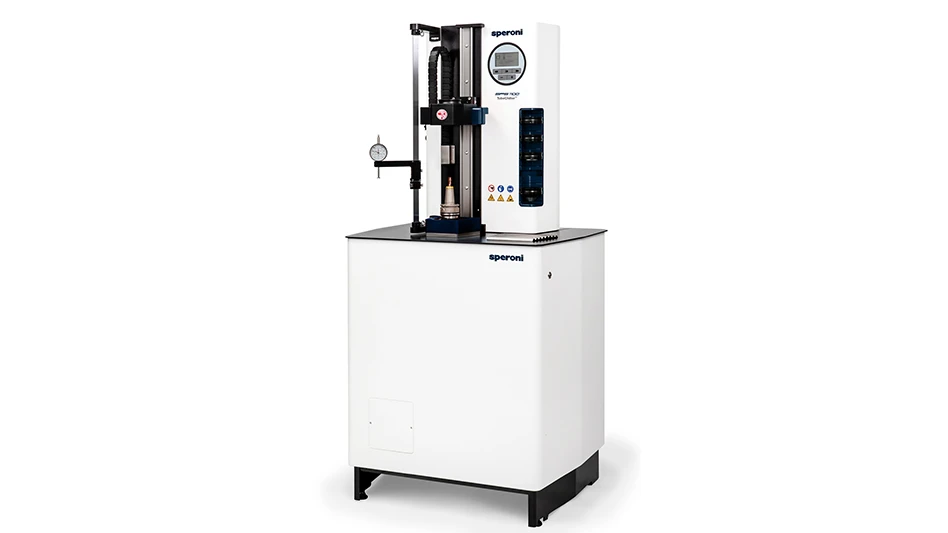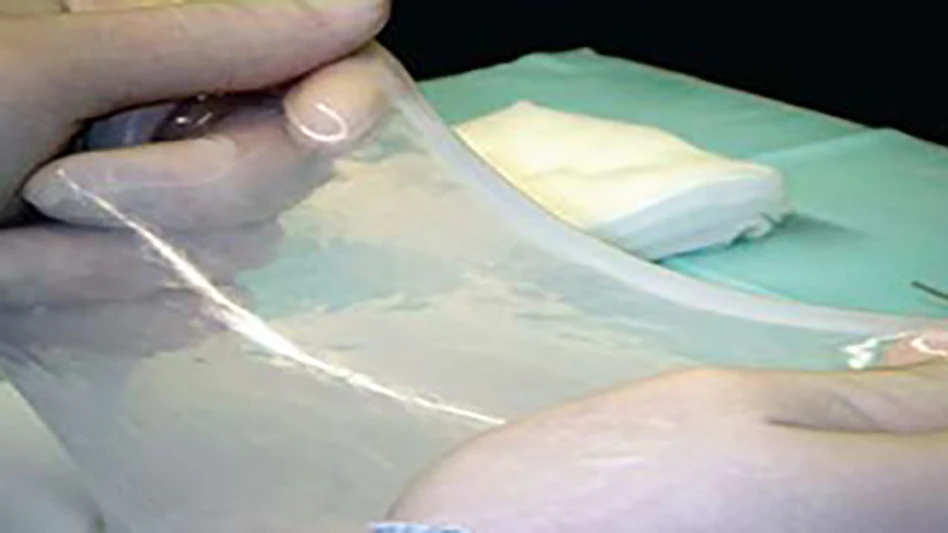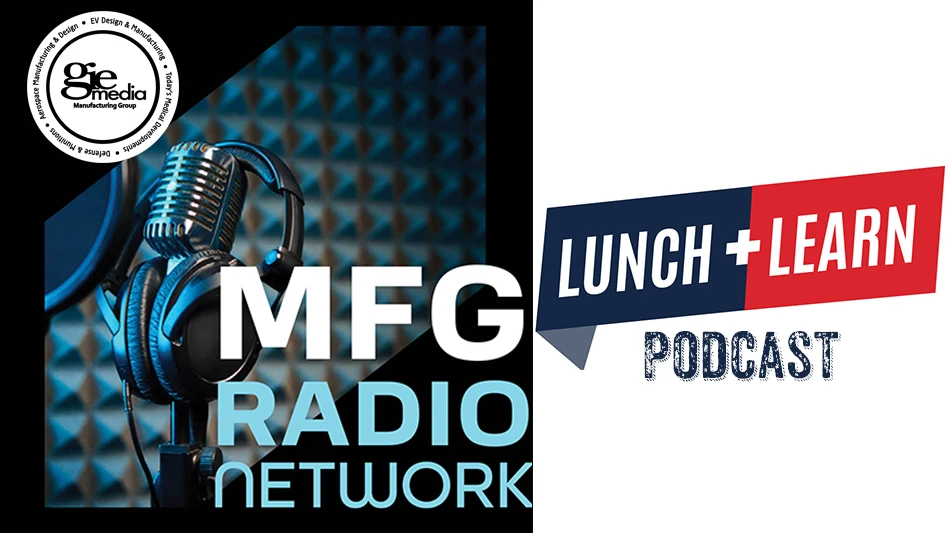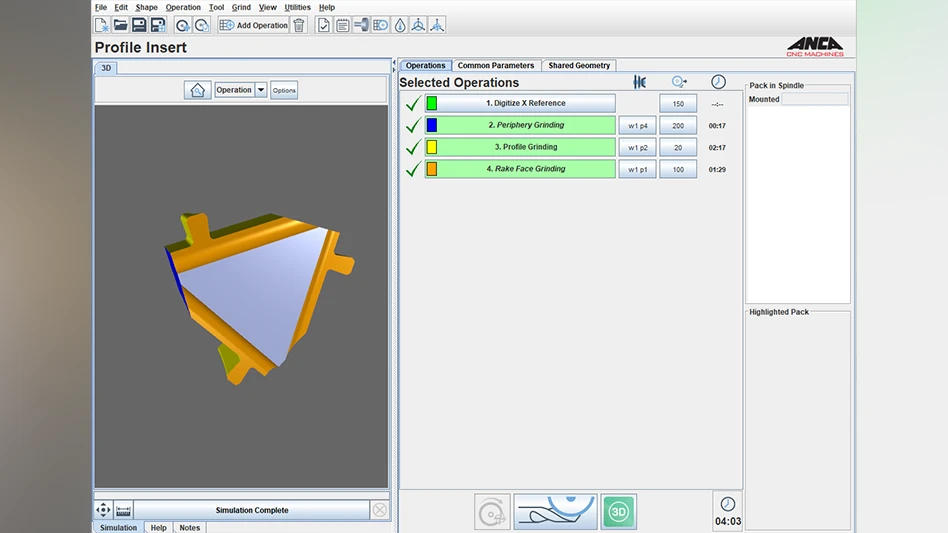

To meet the increasing demand for deep-drawn metal components in medical and pharmaceutical engineering, the Hubert Stüken GmbH & Co. KG established the Stüken Medical business division. Products include stamped and bent parts, plastic-coated components, and complex assemblies. The company maintains manufacturing operations in Europe, Asia, and the United States.
“Components used in the field of medical and pharmaceutical engineering must meet strict quality standards. The same strict standards apply also to the actual production operations,” says Andreas Hellman, manager of the ISO 13485- certified business division. “For this reason, we’ve pooled the required know-how for the development and production of such precision components at Stüken Medical.”
This division produces housings and assemblies, valves, precise micro parts, and primary packaging made from metals suitable for deep drawing, such as stainless steel, aluminum, and titanium. The company uses multi-stage cleaning systems and operates two class 7 cleanrooms, meeting quality standards in the medical and pharmaceutical industry. The company’s R&D and development department, at its headquarters in Rinteln, Germany, is exploring the possibilities to expand the range of processes and materials.
Team approach for innovative solutions
“For many of our customers we’re a development partner. We’re not only working with our customers to adapt new products to their intended use but are cooperating with partners from various technological sectors,” Hellmann continues.
For surface finishing issues that can be resolved by mass finishing, the company has relied on the Rösler Oberflächentechnik GmbH, which has its U.S. division Rosler Metal Finishing USA LLC, in Battle Creek, Michigan.
“Our long partnership is based on the excellent quality and reliability of the Rösler equipment and consumables,” Hellmann explains. “This helps us to ensure that the required results are achieved in a consistent manner.”
“When it comes to the joint development of finishing processes, we value especially the flexibility and expertise of Rösler. In this respect, our access to the Customer Experience Center in Untermerzbach is extremely valuable,” Dirk Schulz, project engineer at Stüken, adds. “Rösler also supports us with documentation and equipment details, required for machinery and processes that must be qualified and validated in line with ISO 13485.”
The deep-drawing specialist uses around 15 rotary vibrators and 10 centrifugal disk finishing machines for its finishing operations. The company is also operating 18 centrifuges for the eco-friendly and reliable cleaning and recycling of the process water.
Strict requirements
The deep-drawn components have extensive material shaping, complex geometries, and extremely small dimensions requiring high dimensional accuracy. Deburring, edge radiusing, and polishing of external and internal workpiece areas have demanding specifications along with the surface roughness and quality requirements.
“We must ensure that all pieces within a workpiece batch receive the same high-quality surface finish, and the workpieces must not be damaged or deformed,” Schulz explains. “Last-but-not-least, after completion of the finishing process the workpieces and media must be reliably separated. A carry-over of the workpieces and/or media into the next batch must be prevented at all costs.”
The workpiece surface also must be marked with a unique device identifier (UDI) code. The finishing processes must be precisely tailored to the respective workpiece while the equipment and consumables must also be adapted to meet specifications requiring feasibility studies.
Finishing medical components
The process for radiusing the edges on a 20mm stainless-steel housing for a medical device was developed in close cooperation with Stüken. The main challenge with the delicate housing was a large surface area in combination with extremely thin walls. Removing sufficient material at the edges requires a high-processing intensity that must be tightly controlled to prevent any deformation.
Rösler’s Customer Experience Center is equipped with ultra-modern machines to run different finishing processes to allow processing trials which define the most suitable equipment technology under production conditions. The processing bowl of standard machines must be frequently modified, involving substantial engineering changes. To guarantee a reliable, complete separation of the finished workpieces from the finishing equipment required a few changes to determine the optimal shape and type (ceramic or plastic) for finishing. The media must have extremely tight dimensional tolerances to achieve consistently good surface finishes. Successful finishing processes require perfect interplay between the right equipment technology and the right consumables and close cooperation with the customer.
Rösler Metal Finishing USA LLC: https://us.rosler.com
Hubert Stüken GmbH & Co. KG: https://medical.stueken.de

Explore the March 2022 Issue
Check out more from this issue and find your next story to read.
Latest from Today's Medical Developments
- Teleflex sells acute care and urology businesses for $2.03 billion
- HANNOVER MESSE: Where research and manufacturing meet
- What’s next for the design and manufacturing industry in 2026?
- Arcline to sell Medical Manufacturing Technologies to Perimeter Solutions
- Decline in German machine tool orders bottoming out
- Analysis, trends, and forecasts for the future of additive manufacturing
- BlueForge Alliance Webinar Series Part III: Integrate Nationally, Catalyze Locally
- Robot orders accelerate in Q3





